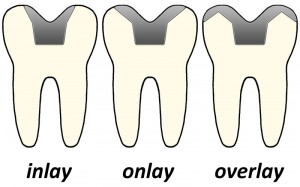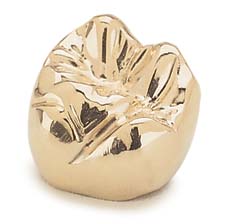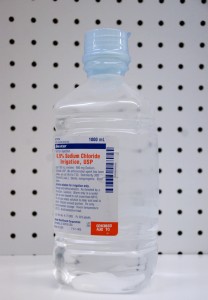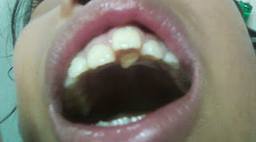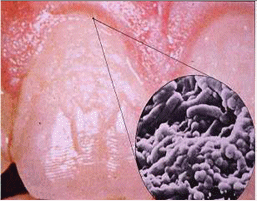
Dental plaque will start forming at the hard to reach places, like at the gum line © smileplus.wordpress,com
In many cases, plaque is difficult for an individual to identify. Plaque can be removed at planned intervals by the dental hygienist or a dentist as part of an oral prophylaxis. However, because daily dental plaque removal is more effective, it is the individual – not the hygienist or the dentist – who is vital for preserving lifelong intact teeth. Therefore it is essential to know the sites in the mouth where tooth plaque tends to accumulate.
Continue reading
